Bori Wildlife Sanctuary is one of the oldest wildlife sanctuaries in India, located in the heart of Madhya Pradesh. It forms part of the larger Satpura Tiger Reserve and stretches over an expansive area of around 518 square kilometres. Known for its dense deciduous forests, the sanctuary is home to a wide array of flora and fauna, including tigers, leopards, wild dogs, and sloth bears. Bori’s rivers, hills, and rich biodiversity make it a perfect destination for nature lovers, wildlife photographers, and those looking to experience the untouched beauty of India’s central forests.
Bori Wildlife Sanctuary Location
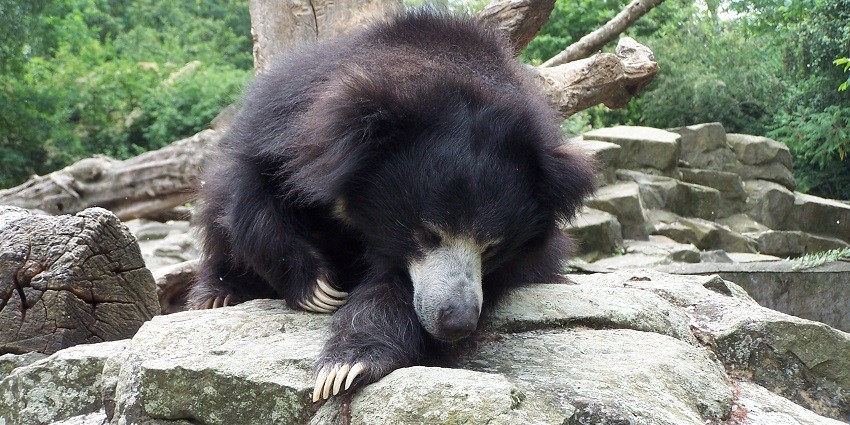
Photo: Steven Straiton / Wikimedia Commons
Bori Wildlife Sanctuary is located in the Hoshangabad district of Madhya Pradesh and forms part of the larger Satpura National Park. It lies approximately 200 kilometres from Bhopal, the capital city of Madhya Pradesh, and is nestled in the southern part of the Satpura Range.
Suggested Read: National Parks Near Indore
How To Reach Bori Wildlife Sanctuary

Photo: Moni Sertel / Wikimedia Commons
By Air: The nearest airport is Raja Bhoj Airport in Bhopal (BHO), approximately 200 kilometres away. From Bhopal, visitors can hire a taxi or use local transport to reach the sanctuary, which typically takes about 5 to 6 hours by road.
By Rail: The nearest railway station is Itarsi Junction, located about 100 kilometres from the sanctuary. Itarsi is well-connected to major cities like Bhopal, Delhi, and Mumbai. Taxi and local buses are available to reach Bori from Itarsi.
By Road: Bori Wildlife Sanctuary is accessible by road from major cities like Bhopal (200 km) and Pachmarhi (85 km). The roads to the sanctuary offer scenic views of the Satpura hills and forests, making the journey pleasant.
Places To Visit Around Bori Wildlife Sanctuary
Here’s a list of places to visit around Bori Wildlife Sanctuary.
1. Satpura National Park
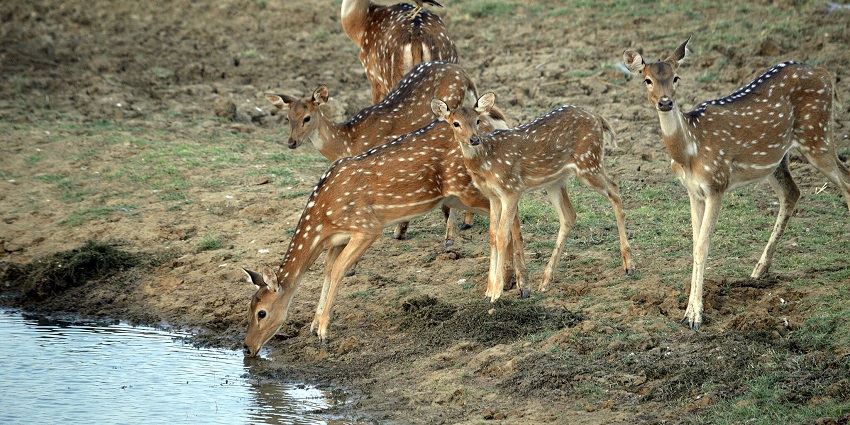
Photo: Suvro Banerjee / Wikimedia Commons
Satpura National Park, which borders Bori Wildlife Sanctuary, is renowned for its rugged terrain, sandstone peaks, deep gorges, and dense forests. It offers excellent opportunities for wildlife safaris, where visitors can spot tigers, leopards, Indian bison, and various bird species. The park’s unique landscape and biodiversity make it a sought-after destination for both nature enthusiasts and wildlife photographers. Apart from jeep safaris, visitors can also explore the park on foot or by boat, adding to the adventure. The rich flora and fauna and the park’s unspoiled wilderness make it a must-visit.
Timings: 6 AM – 6 PM
Entry Fee: ₹1,500 per person
Suggested Read: National Parks Near Bhopal
2. Pachmarhi Hill Station
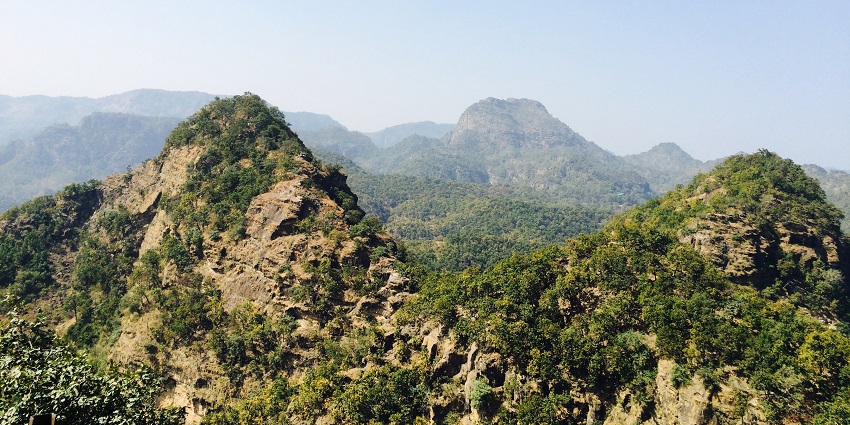
Photo: Twinkle Bhaisare / Wikimedia Commons
Pachmarhi, often referred to as the “Queen of Satpura,” is a serene hill station located around 85 kilometres from Bori Wildlife Sanctuary. It is known for its stunning waterfalls, caves, and colonial-era architecture. Popular attractions include Bee Falls, Jata Shankar Caves, and Pandav Caves. Pachmarhi’s pleasant weather, combined with its rich history and natural beauty, makes it a favourite among tourists. Trekking and nature walks are popular activities here, offering breathtaking views of the surrounding valleys and forests. Pachmarhi is also a UNESCO Biosphere Reserve due to its rich biodiversity.
Timings: Open all day
Entry Fee: Free, but certain sites may have specific charges
3. Tawa Reservoir
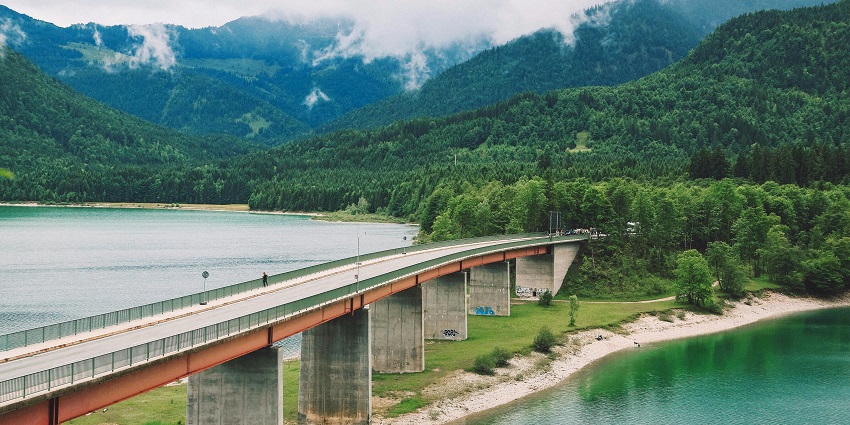
Photo: Tobi / Pexels / Image For Representation Only
The Tawa Reservoir, located about 110 kilometres from Bori Wildlife Sanctuary, is a large water body formed by the Tawa Dam on the Tawa River. This beautiful reservoir offers boat rides, where visitors can enjoy the scenic beauty of the surrounding hills and forests. The reservoir is also a great spot for birdwatching, as many migratory birds visit during the winter months. The calm waters and lush green surroundings make it an ideal place for picnics, relaxation, and photography. The sunsets over the reservoir are especially beautiful, making it a popular spot for evening visits.
Timings: 8 AM – 6 PM
Entry Fee: ₹50 per person (for boat rides)
Suggested Read: Explore The Gujari Mahal Archaeological Museum
4. Pandav Caves
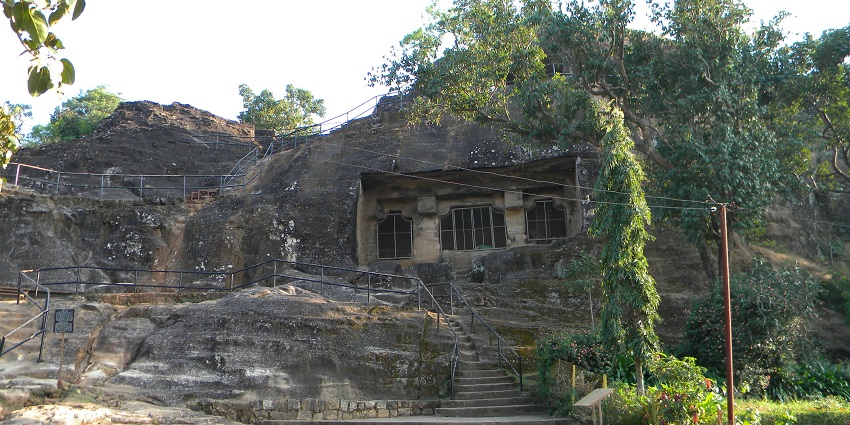
Photo: Ankit Saha / Wikimedia Commons
The Pandav Caves, located in Pachmarhi, are an ancient series of rock-cut caves that are said to have been inhabited by the Pandavas from the Mahabharata. The five caves are intricately carved and offer a glimpse into ancient Indian architecture. Surrounded by lush gardens and overlooking the valleys of Pachmarhi, the caves provide a serene atmosphere for visitors. The caves are a popular spot for both history enthusiasts and tourists seeking tranquillity. The well-maintained gardens and panoramic views of the surrounding landscape add to the charm of the location.
Timings: 8 AM – 6 PM
Entry Fee: ₹20 per person
5. Bheemkund
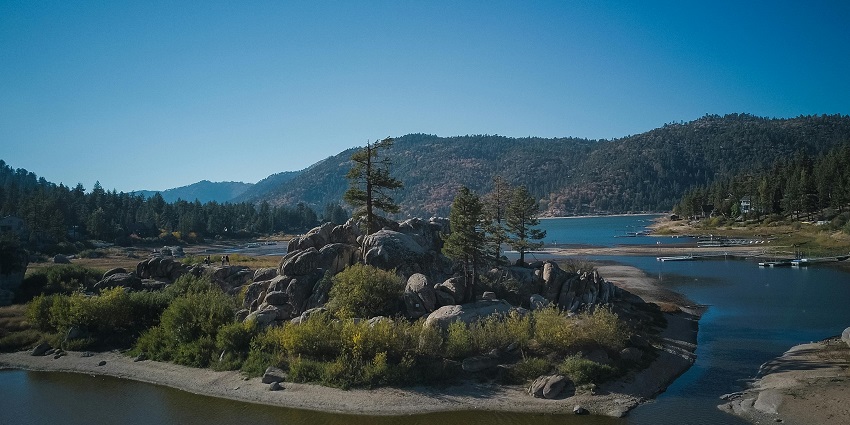
Photo: Kindel Media / Pexels / Image For Representation Only
Bheemkund is a natural water tank located around 125 kilometres from Bori Wildlife Sanctuary. It is a sacred site believed to be the place where the mythological character Bhima from the Mahabharata struck the ground with his mace to get water. The kund is known for its crystal-clear water, and it is said to be bottomless, according to local legends. The site is surrounded by scenic hills and is considered a spiritual spot by many. Bheemkund’s mythological significance, along with its serene surroundings, makes it a fascinating place to visit for both nature lovers and spiritual seekers.
Timings: 6 AM – 6 PM
Entry Fee: Free
Suggested Read: Uncover The Best National Park Near Jabalpur For An Unforgettable Wildlife Experience
Where To Stay
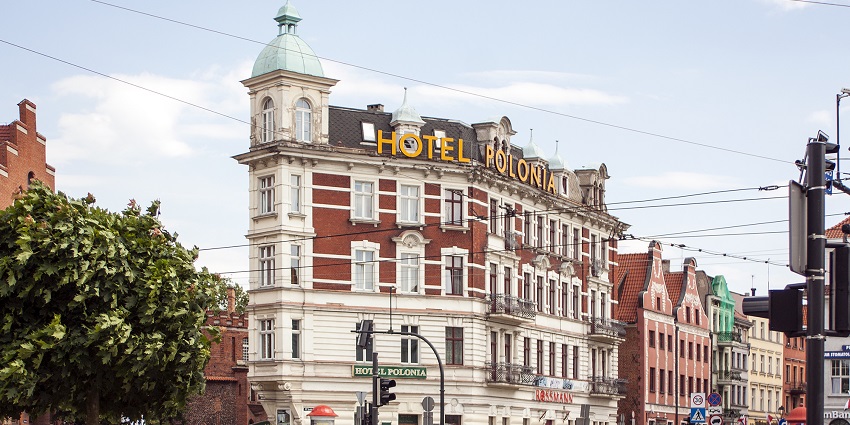
Photo: Macieklew / Wikimedia Commons / Image For Representation Only
Visitors to Bori Wildlife Sanctuary can find a variety of accommodations in nearby towns such as Pachmarhi and Itarsi. In Pachmarhi, Hotel Amaltas and The Golf View offer comfortable mid-range stays with modern amenities. For a luxurious experience, WelcomHeritage Golf View in Pachmarhi provides an elegant setting with beautiful views. For budget travellers, local guest houses and homestays are available in Itarsi and other nearby towns, offering a more economical option for accommodation.
Where To Eat
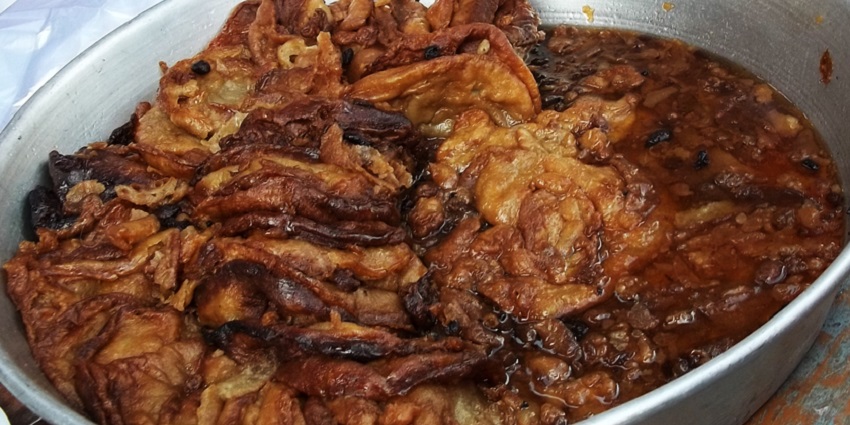
Photo: Subhashish Panigrahi / Wikimedia Commons / Image For Representation Only
In Pachmarhi, several restaurants offer a mix of local and North Indian cuisine. Mahadev Dhaba is popular for its authentic vegetarian dishes, while Raja Cafe serves a variety of Indian and continental options. Natraj Restaurant in Itarsi offers a wide range of North Indian and Chinese dishes, making it a great stop for travellers passing through the town. Local eateries near the sanctuary also offer traditional Madhya Pradesh fare, such as Poha and Bhutte Ka Kees, providing visitors with a taste of the region’s cuisine.
Suggested Read: Son Gharial Wildlife Sanctuary
Best Time To Visit Bori Wildlife Sanctuary
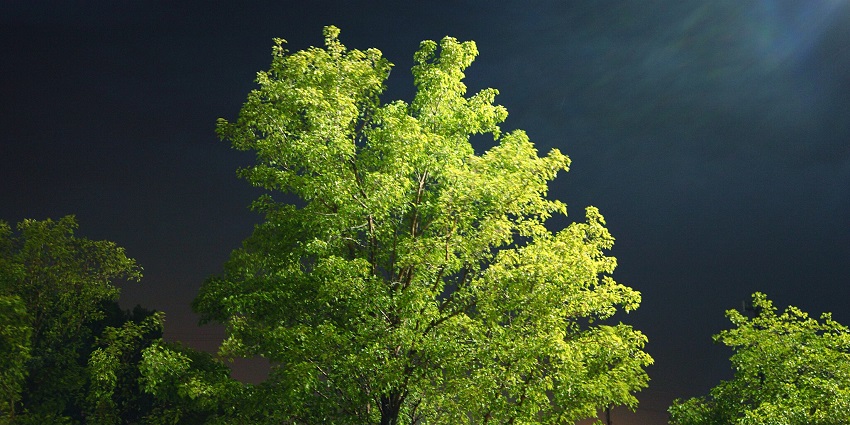
Photo: Pink Sherbet Photography / Wikimedia Commons Image For Representation Only
The best time to visit Bori Wildlife Sanctuary is between October and March, as the weather during these months is pleasant and ideal for wildlife viewing. The monsoon season, from July to September, should be avoided due to heavy rains, which may result in the closure of the sanctuary and difficult road conditions. Winter months are particularly good for spotting wildlife, as animals are more active and easier to sight.
Other Factors To Consider
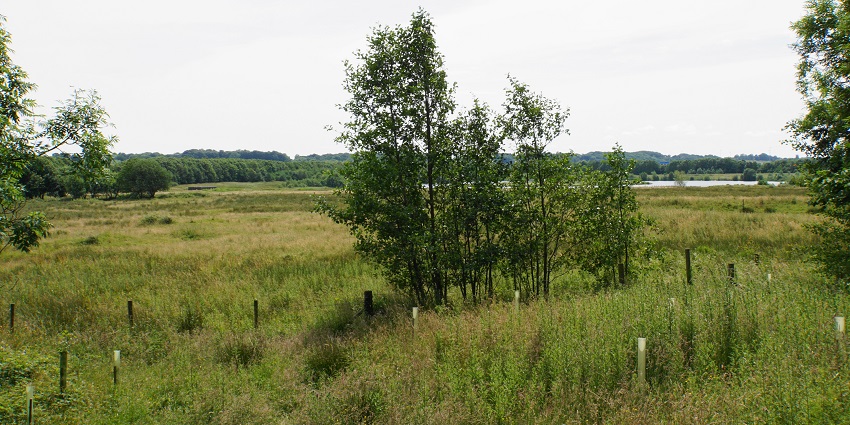
Photo: Bill Boaden / Wikimedia Commons / Image For Representation Only
Average Cost Of The Trip:
The trip cost to Bori Wildlife Sanctuary is typically between ₹12,000 and ₹22,000 per person. This budget includes accommodation, meals, transport, and the Bori Wildlife Sanctuary entry fee of INR 1250. Budget travellers can opt for local homestays and use public transport to reduce costs. In contrast, mid-range and luxury travellers may choose better accommodation options and hire private vehicles for safaris and excursions. Prices vary depending on the season and the level of comfort chosen.
Planning in advance and booking accommodations early can help manage costs, especially during peak tourist seasons. Guided wildlife safaris, if chosen, may also add to the overall trip expenses, but they provide a richer wildlife experience.
Tips For Travellers:
- Obtain necessary permits from local authorities before visiting the sanctuary.
- Pack light, breathable clothing for daytime and warm clothes for chilly mornings and evenings.
- Always carry a first-aid kit, sufficient water, and snacks when exploring remote areas of the sanctuary.
- Respect local wildlife by maintaining a safe distance and avoiding loud noises that might disturb the animals.
- If you’re unfamiliar with hilly or forested roads, consider hiring a local driver for safety and ease of travel.
- Do not disturb the wildlife while clicking photos at Bori Wildlife Sanctuary.
Suggested Read: Rani Durgavati Wildlife Sanctuary
Bori Wildlife Sanctuary offers a pristine and serene retreat for nature enthusiasts and wildlife lovers. Whether you want to explore the untamed wilderness or immerse yourself in the serenity of the Satpura hills, Bori has something to offer every visitor. Ready to embark on a wildlife adventure? Book your Bori Wildlife Sanctuary tour with TripXL today and experience the best of India’s natural beauty and wildlife on this well-curated journey.
Cover Photo: Ondrej Prosicky / Shutterstock / Image For Representation Only


 WhatsApp
WhatsApp
 Twitter
Twitter









